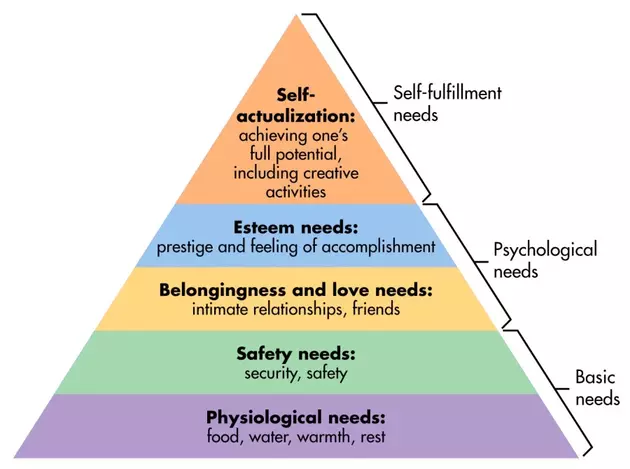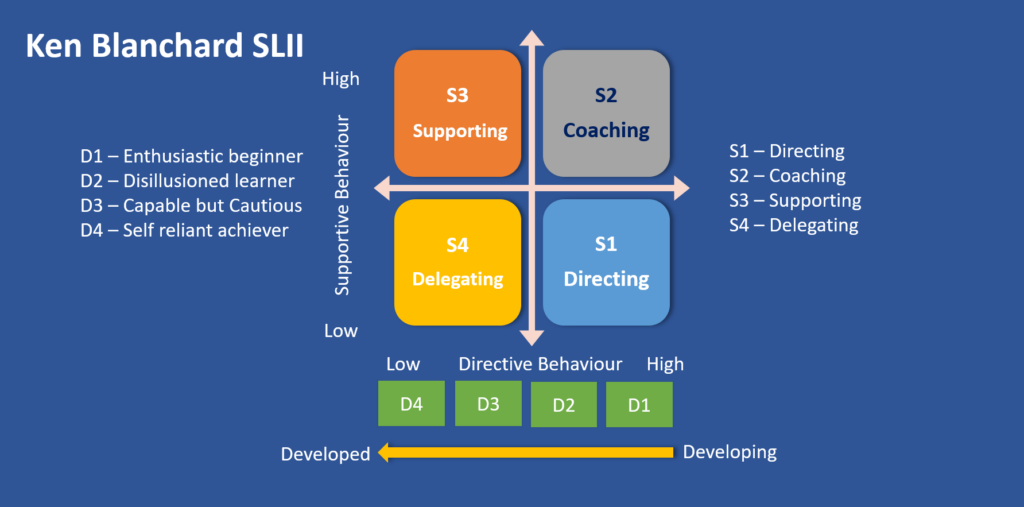Today Mr. Renjith invited me for an informal discussion across a cup of garam chai. The first restaurant we planned was under renovation, as if they are gearing up for the post pandemic era. On the way to the next restaurant in Kochi city, we spotted many closed shops which could not survive the impact of the pandemic. It resembled a graveyard of small businesses. For a moment I thought about the owners. As an unpleasant coincidence, Renjith who attended my project management workshop (PMP) around ten years back wanted to discuss about a project to convert his property into a residential villa project. A property development company approached him and proposed a professional association with him to start this project. He wants to know the key risks of such a project and ways of managing them?.
High level risks to the land owner of the real estate development project
- There is a possibility of real estate prices shooting up in another 2 to 3 years time because there is a major road expansion project happening nearby. Budgets are already approved by the central government. This is a very positive risk. If the owner can leverage it, he can maximize the profits from the project.
- The revenue from the project or the benefits to Renjith must be much higher than the land cost before development. After taking the risk of starting this project, if the returns are not substantially higher than the land cost, then it is better not to do the project.
- If there are delays in getting approvals, the project can get delayed. That means, in reality there is a possibility of the projects real start date getting postponed resulting in a longer project duration than anticipated.
- If the project do not complete on time, the responsibility of answering the buyers concerns may get transferred to Renjith, the owner.
- Actual demand can be lower than the anticipated demand. On the contrary, the actual demand can be much higher than the anticipated demand as well.
- Exit criteria from the project in the unlikely event of either party unable to continue with the project is not clear
- The last but not least question is ‘How will you invest the money obtained from the project in the best possible way, which will provide better returns than holding the property for some more time.
These are just high level risks to the land owner of the real estate development project.
The key aspect of risk management to the land owner lies in the contract type selection. The possible types of contracts in this scenario are;
- Outright sale of the land to the builder : In this case, the risk to the land owner is the least, provided he has another project ready to invest the money out of this project than just depositing it in the bank. The positive risk of land prices appreciating cannot be factored into this.
- Variable pricing of the land : This is a good choice. Since this is not a standard practice, the modus operandi must be worked out in this case.
- Per unit pricing : This is also a good option where the builder and land owner shares the revenue from the sale of each housing unit in the project. Again the details must be worked out.
- Joint venture : This is applicable only if the land owner is willing to enter into the project as a full fledged partner of the project.
Choosing the right contract type is key here. Other actions to mitigate the risks are;
- Credibility check of the developers and marketers
- Appointing a consultant for project approvals to speed up the project initiation
- Alternatives analysis
- Value assessment
- Learn lessons from past similar projects
- Request for proposals, RFI so that the owner can learn from them
- Adoption of agile project based cadence till the actual start with all approvals and drawings in place.
In a nutshell aggressive risk management during the pre-project phases, till the contract is inked with the contractors is important to maximize value to the owner in construction projects.






